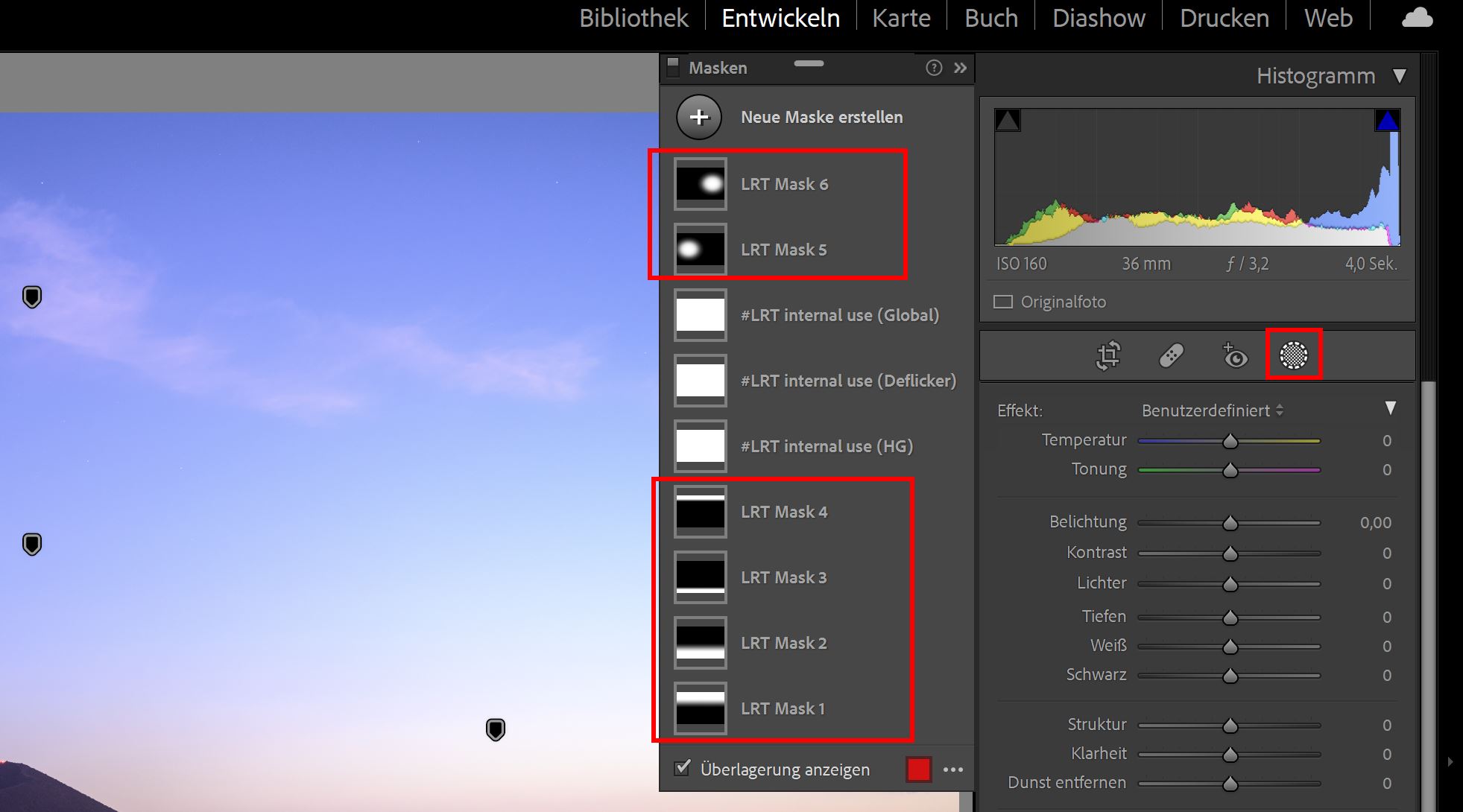

Even when set correctly with the optimal “hyperfocal point,” this technique can also suffer from diffraction.

Tilt-shift lenses are able to alter the plane of focus to potentially achieve this in one shot, but most photographers do not own them, and tilt-shift lenses can be a genuine pain in the butt to operate in the field. Notice that the flowers in front and barn in back are all in focus. The same scene as above after focus stacking. To maintain optimal focus and sharpness, focus stacking is a technique where you take a series of photos focused on varying parts of the scene and combine them into one image that is completely in focus. At f/13, only the front third of this scene is in focus. Even when the optimal “hyperfocal point” is set, at these small apertures there is much more diffraction that decreases the sharpness of the final image. Given the large depth-of-field, most camera lenses, even at extremely small apertures like f/16, f/22 or f/32, will not be able to have an entire scene like this in focus. Long rows of flowers is one such scene where I like to use focus stacking. Sometimes you are trying to capture a scene that is in focus from immediately in front of you to infinity.

What is focus stacking and why is it needed? Long rows of flowers are a perfect subject to learn or practice focus stacking. The tulips have started to bloom at the annual Skagit Valley Tulip Festival.


 0 kommentar(er)
0 kommentar(er)
